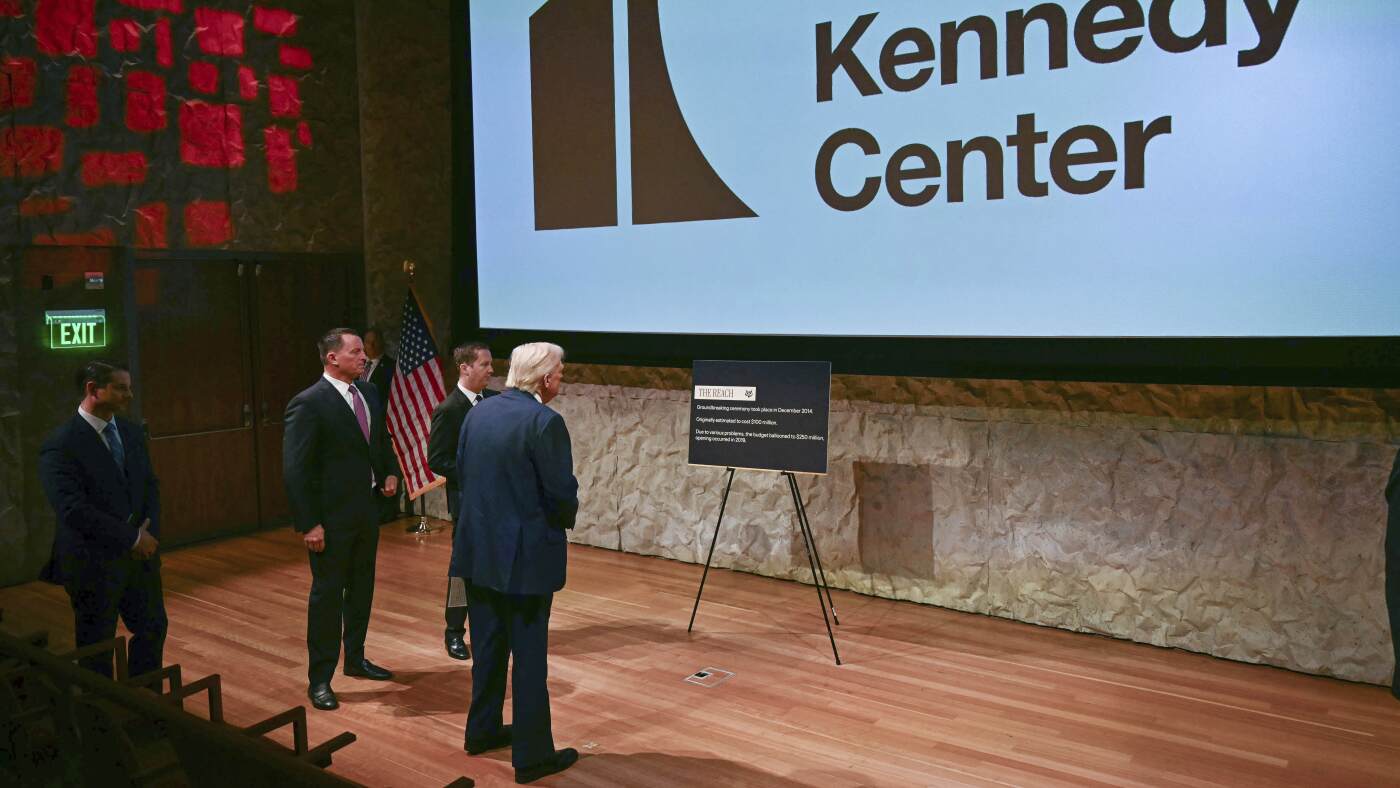The Intersection of Politics, Culture, and Protest at the Kennedy Center: Trump’s Attendance at “Les Misérables”
Setting the Scene: Politics and Performance Collide
The evening at Washington, D.C.’s Kennedy Center was anything but ordinary. President Donald Trump’s attendance at the opening night of “Les Misérables” was layered with meaning far beyond a simple cultural outing. Coming shortly after Trump’s overhaul of the Center’s board and his appointment as chairman, the event epitomized the fusion of political power with cultural institutions—an intersection that naturally generated tension. Trump’s control over the Kennedy Center governance instantly politicized what traditionally has been a space for artistic expression and community gathering. The stakes were heightened further by ongoing debates about artistic freedom, particularly in light of Trump’s controversial programming directives and the cultural values they reflected.
The Weight of History: “Les Misérables” as a Cultural Mirror
Choosing “Les Misérables” for this occasion was more than theatrical programming; it was a dramatic echo chamber of protest and upheaval. The musical tells a story soaked in themes of social injustice, revolution, and the quest for human dignity. These timeless narratives stood in sharp contrast to the contemporary political atmosphere marked by divisiveness, restrictive policies, and debates over civil liberties under Trump’s administration. The musical’s inherent symbolism underscored the irony of the moment: a story of protest unfolding in a venue under the control of a leader whose tenure sparked national protests and cultural polarization. This juxtaposition underscored how art serves not only as entertainment but as a poignant platform for reflecting societal conditions and struggles.
Divided Audience and Backstage Resistance: Voices of Dissent
The event’s atmosphere was charged with mixed emotions. Within the audience, responses ranged from applause to audible boos, emblematic of a country deeply divided. Beyond spectatorship, resistance manifested backstage where several cast members planned a boycott of the gala performance. This act of defiance signaled the artistic community’s desire to assert autonomy from politicization and reject perceived encroachments upon creative freedom. It also highlighted how cultural figures often become important players in political discourse, using their platforms to challenge authority and advocate for values like inclusivity and artistic independence.
The Power of Visible Protest: Drag Performers and the Colorful Resistance
Protest was not confined within the theater walls. Outside, a vivid and vibrant demonstration took shape, led by drag performers who donned bright colors to symbolize resistance against policies undermining LGBTQ+ rights and freedoms. Their peaceful demonstration communicated a layered message: a celebration of diversity and a refusal to be silenced. The use of color and performance art as protest reinvigorated public discourse around cultural expression and governmental restrictions, reminding observers of the deep connections between identity, politics, and art. This visible resistance served as a vibrant reminder of the ongoing cultural battles over expression and inclusion.
Political Undertones: A Night of Power and Symbolism
Trump’s attendance, alongside Vice President JD Vance and First Lady Melania Trump, elevated the event from a cultural performance to a politically charged spectacle. The blending of a politically significant fundraiser with the arts spotlighted how modern governance increasingly intertwines with celebrity culture and public relations. Trump’s dismissal of boycott efforts and criticism of dissenting voices reflected a broader political approach: confronting opposition head-on and framing cultural disputes within a narrative of control and power. This strategy fueled national debates concerning the limits of protest and the role political figures play in shaping or suppressing cultural discourse.
Conclusion: Art as a Reflection and Catalyst for Societal Struggle
This moment at the Kennedy Center was more than a night at the theater; it was a vivid case study in how art and politics intersect in a democratic society. Trump’s presence at “Les Misérables” crystallized the tensions that arise when political authority reaches into cultural domains. Yet, it also demonstrated the enduring strength of artistic spaces as sites of resistance, reflection, and reckoning. The musical’s themes of struggle, revolution, and hope resonated deeply, highlighting how art continues to challenge power, foster dialogue, and serve as a battleground for identity and freedom. In a period marked by political polarization, this event affirmed that culture remains a vital arena where democracy is both expressed and contested—underscoring the inextricable links between performance, protest, and political power.

